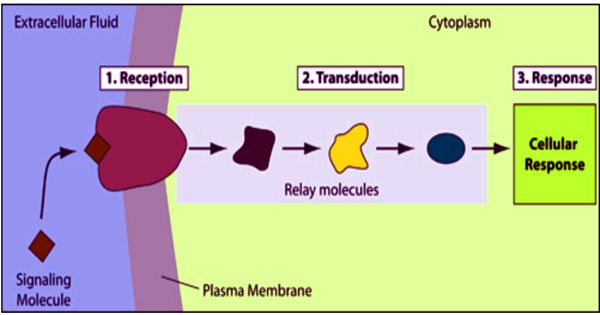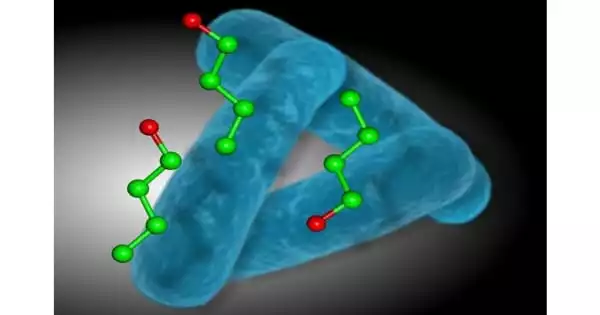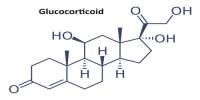Signal transduction is the transmission of molecular signals from a cell’s exterior to its interior. A signal transduction in biology is a cellular mechanism. Signals received by cells must be transmitted effectively into the cell to ensure an appropriate response. It converts a stimulus into a response in the cell. It is the process of transferring a signal throughout an organism, especially across or through a cell.
It can be divided into three stages.
- Reception: A cell detects a signaling molecule from the outside of the cell. A signal is detected when the chemical signal binds to a receptor protein on the surface of the cell or inside the cell.
- Transduction: When the signaling molecule binds the receptor it changes the receptor protein in some way. This change initiates the process of transduction. Signal transduction is usually a pathway of several steps.
- Response: Finally, the signal triggers a specific cellular response.
Signal transduction relies on proteins known as receptors, which wait for a chemical, physical, or electrical signal. So, it starts with a signal to a cell receptor, and ends with a change in cell function. In either step, the signal can be amplified. Chemical signals are called ligands, and can be produced by organisms to control their body or received from the environment. Thus, one signalling molecule can cause many responses.

Signal transducing receptors are of four general classes:
- Receptors that penetrate the plasma membrane and have intrinsic enzymatic activity or are enzyme associated.
- Receptors that are coupled, inside the cell, to G proteins.
- Receptors that are found intracellularly and upon ligand binding directly alter gene transcription.
- Ligand-gated ion channels.
Receptors are in the cell membrane, with part of the receptor outside and part inside the cell. Receptor proteins are specialized by the type of cell they are attached to. The chemical signal binds to the outer portion of the receptor, changing its shape. This causes another signal inside the cell. Each type of cell receives different signals from the body and environment, and must be specialized so that the body can produce a specific and coordinated response. Some chemical messengers, such as testosterone, can pass through the cell membrane, and bind directly to receptors in the cytoplasm or nucleus.
Sometimes there is a cascade of signals within the cell. When a ligand binds to a cell-surface receptor, the receptor’s intracellular domain (part inside the cell) changes in some way. With each step of the cascade, the signal can be amplified, so a small signal can result in a large response. Generally, it takes on a new shape, which may make it active as an enzyme or let it bind other molecules. Eventually, the signal creates a change in the cell, either in the expression of the DNA in the nucleus or in the activity of enzymes in the cytoplasm.
Information Source:
















